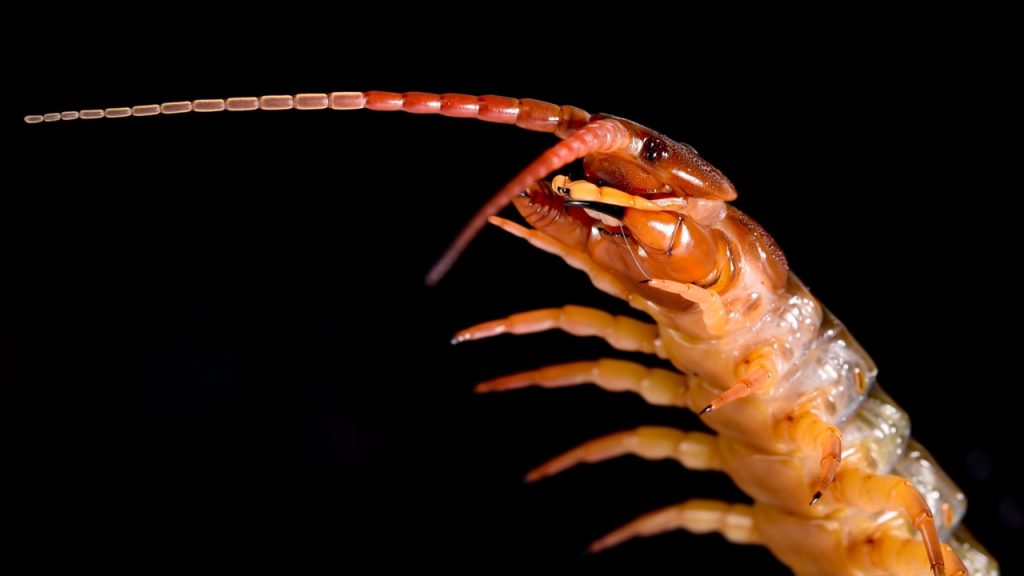One day, I swear I’ll get there – the Amazon rainforest. Vast, mysterious, and teeming with life. Including some of the world’s most incredible predators, which I definitely wouldn’t want to meet. These creatures have evolved over millions of years to become perfect hunters in one of the planet’s most competitive environments. From the murky depths of the Amazon River to the towering canopy above, predators lurk at every level of this complex ecosystem. Some are massive and powerful, while others are small but deadly.
Jaguar
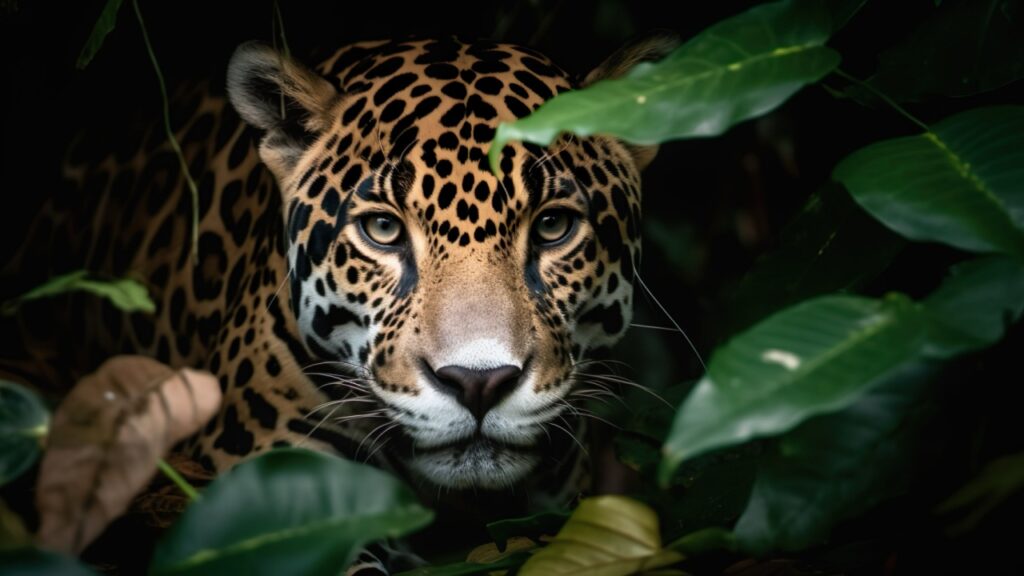
The jaguar reigns supreme as the Amazon’s largest and most powerful big cat. With a bite force strong enough to pierce turtle shells, these spotted hunters are equally at home on land and in water. Jaguars are known for their stealthy approach and powerful pounce, often targeting prey much larger than themselves. Their ability to swim and climb makes them versatile predators across the rainforest.
Green Anaconda

Green anacondas are the world’s heaviest snakes, growing up to 30 feet long and weighing over 500 pounds. These massive constrictors lurk in swamps and slow-moving rivers, ambushing their prey with lightning-fast strikes. Anacondas can swallow animals as large as deer or caimans whole, using their powerful bodies to squeeze the life out of their victims before consuming them.
Harpy Eagle

With talons the size of grizzly bear claws, the harpy eagle is one of the most powerful birds of prey in the world. These massive raptors specialize in hunting monkeys and sloths, plucking them right out of the treetops. Harpy eagles have excellent vision and can fly through dense forest with remarkable agility, making them the terror of the rainforest canopy.
Black Caiman

The black caiman is the Amazon’s largest predator, growing up to 20 feet long. These ancient reptiles are apex predators, feeding on fish, birds, and mammals that come too close to the water’s edge. With armored skin and powerful jaws, black caimans fear no other creature in their watery domain. They play a crucial role in maintaining the balance of the river’s ecosystem.
Electric Eel
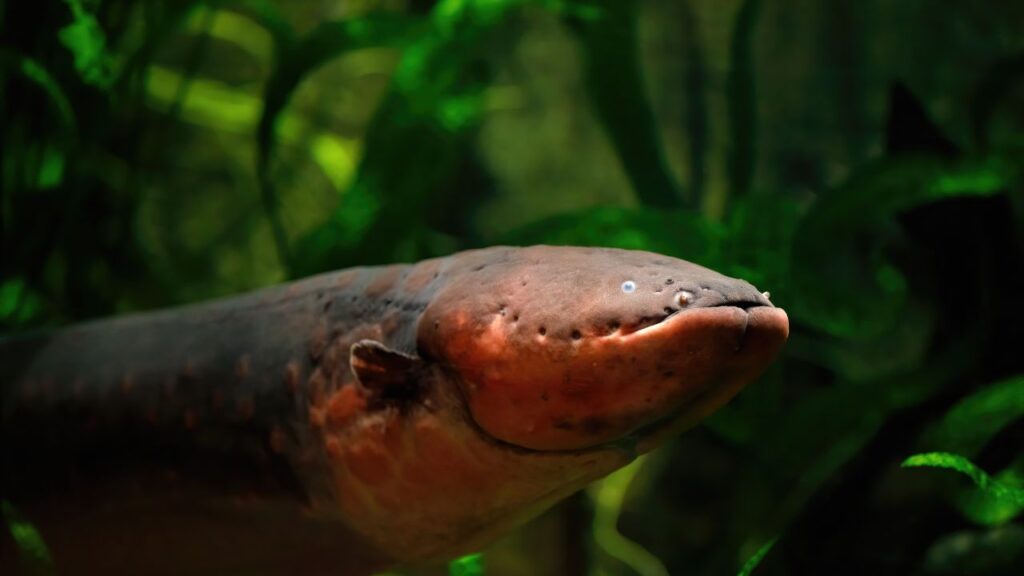
Despite its name, the electric eel is actually a type of knifefish capable of generating powerful electric shocks. These jolts, up to 860 volts, are used to stun prey and deter predators. Electric eels hunt by using their electricity to detect nearby fish, then shocking and swallowing them whole. Their unique hunting method makes them one of the Amazon’s most unusual and effective predators.
Poison Dart Frog
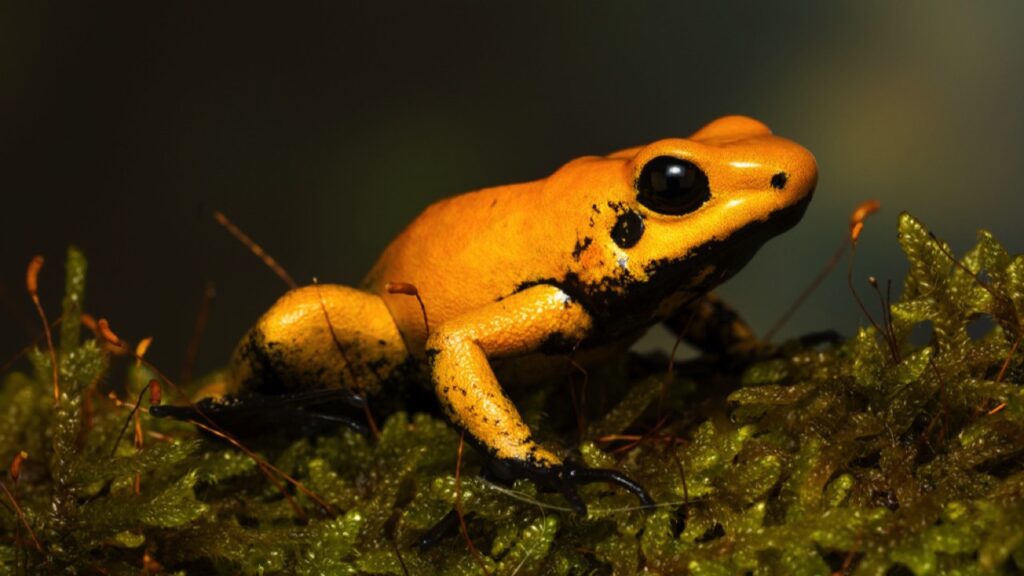
Don’t let their small size fool you – poison dart frogs are among the deac enough poison to kill ten grown men. While they don’t hunt large prey, their toxic defenses make them fearsome predators of insects and other small invertebrates.
Giant River Otter
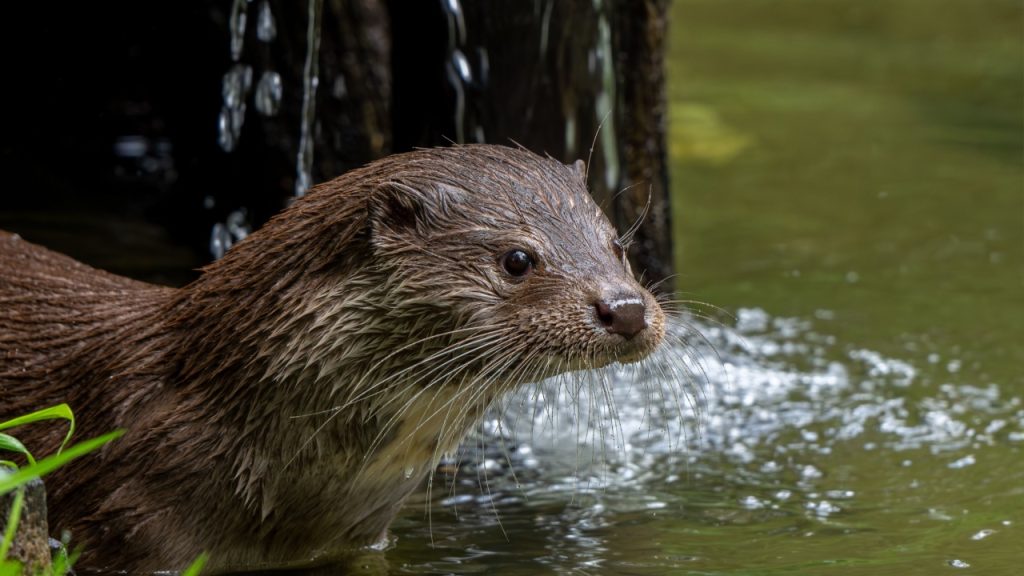
Growing up to 6 feet long, giant river otters are the largest otters in the world. These social animals hunt in family groups, taking down fish, crabs, and even small caimans. Their streamlined bodies and webbed feet make them excellent swimmers, able to outmaneuver most aquatic prey. Giant river otters are known for their intelligence and complex social structures, making them highly effective team hunters.
Arapaima
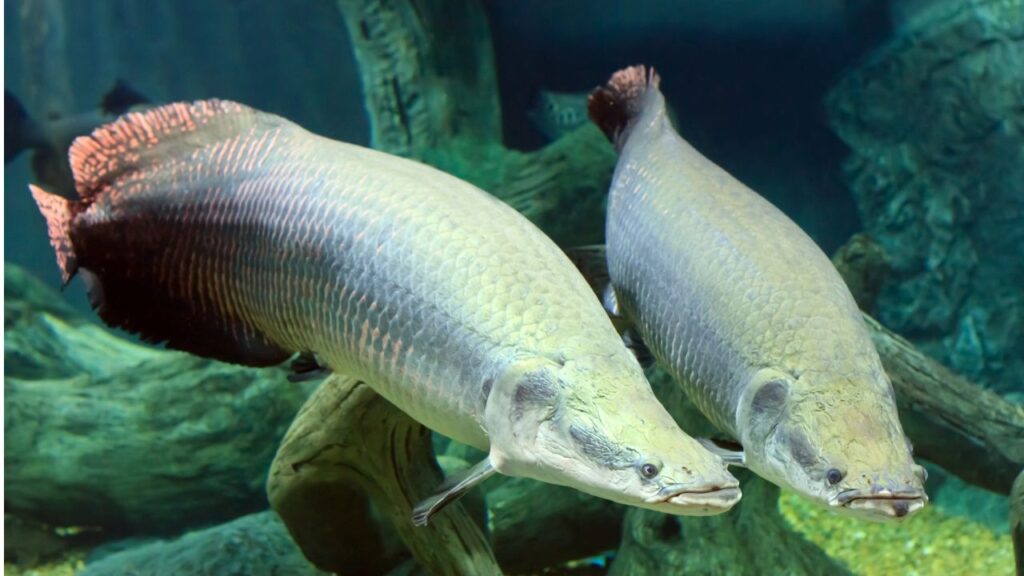
The arapaima is one of the world’s largest freshwater fish, growing up to 10 feet long and weighing up to 440 pounds. These ancient fish are air-breathers, allowing them to survive in oxygen-poor waters. Arapaimas are ambush predators, using their powerful bodies to lunge at smaller fish and even birds that come too close to the water’s surface. Their size and hunting prowess make them top predators in the Amazon’s flooded forests.
Bullet Ant
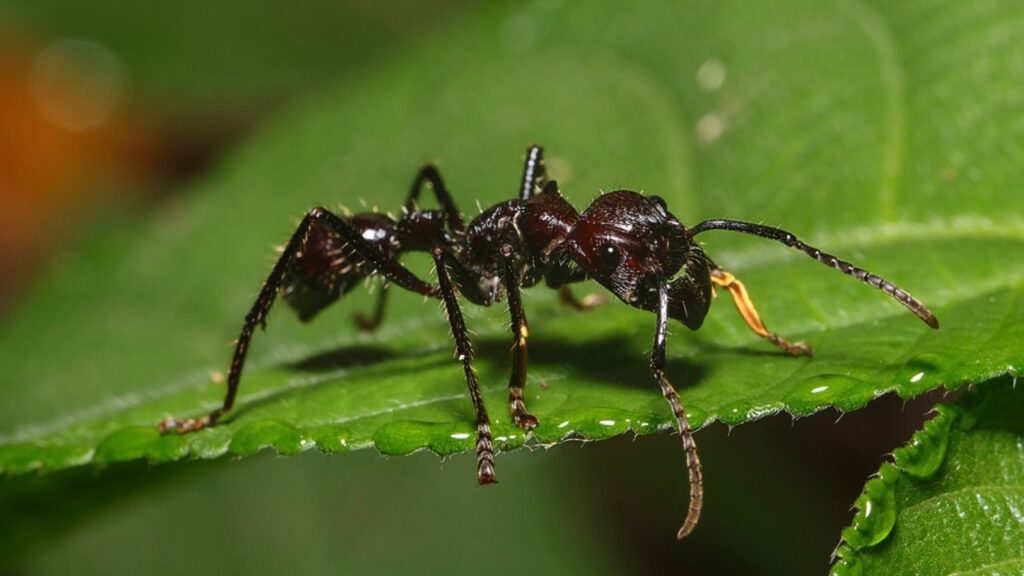
The bullet ant gets its name from its incredibly painful sting, which feels like being shot. These large ants are aggressive predators, hunting other insects and small invertebrates on the rainforest floor. While not dangerous to larger animals, their powerful venom and tendency to attack in groups make them feared by other insects and small creatures in their territory.
Red-Bellied Piranha
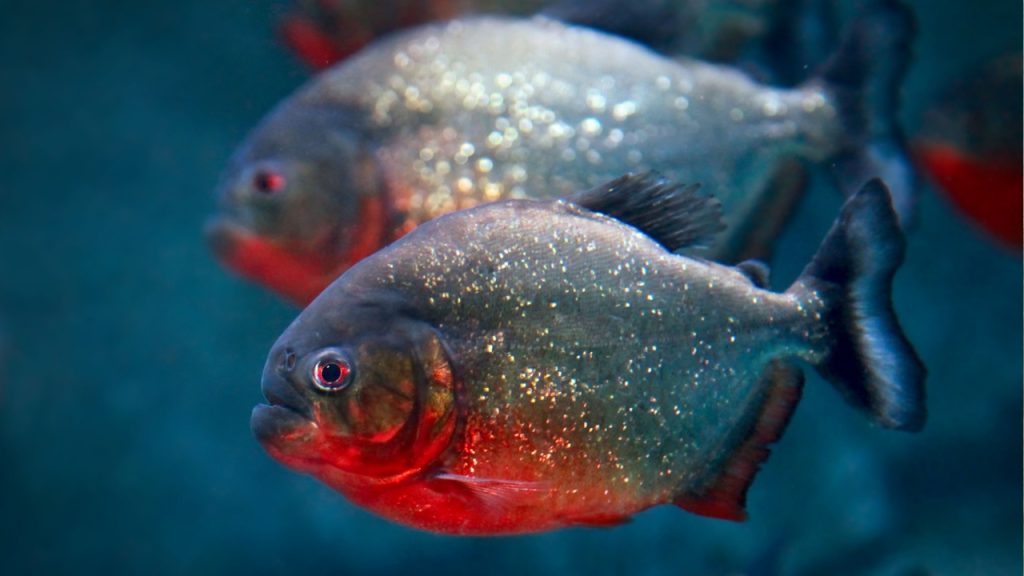
Famous for their razor-sharp teeth and feeding frenzies, red-bellied piranhas are among the Amazon’s most notorious predators. While attacks on large animals are rare, these fish can strip the flesh from smaller prey in minutes when hunting as a group. Piranhas primarily feed on other fish and carrion, playing an important role in the river ecosystem.
Jaguar Catfish

The jaguar catfish is a master of camouflage, with spots that resemble those of its namesake. These large catfish are ambush predators, lying in wait on the river bottom before lunging at passing prey. They have been known to eat fish, crustaceans, and even small mammals that fall into the water. Their ability to blend in with their surroundings makes them highly effective hunters.
Wandering Spider

Also known as the Brazilian wandering spider, this arachnid is considered one of the most venomous spiders in the world. They actively hunt their prey rather than building webs, wandering the forest floor in search of insects and small vertebrates. Their venom is potent enough to kill small animals and cause severe pain in humans, earning them a fearsome reputation.
Spectacled Caiman
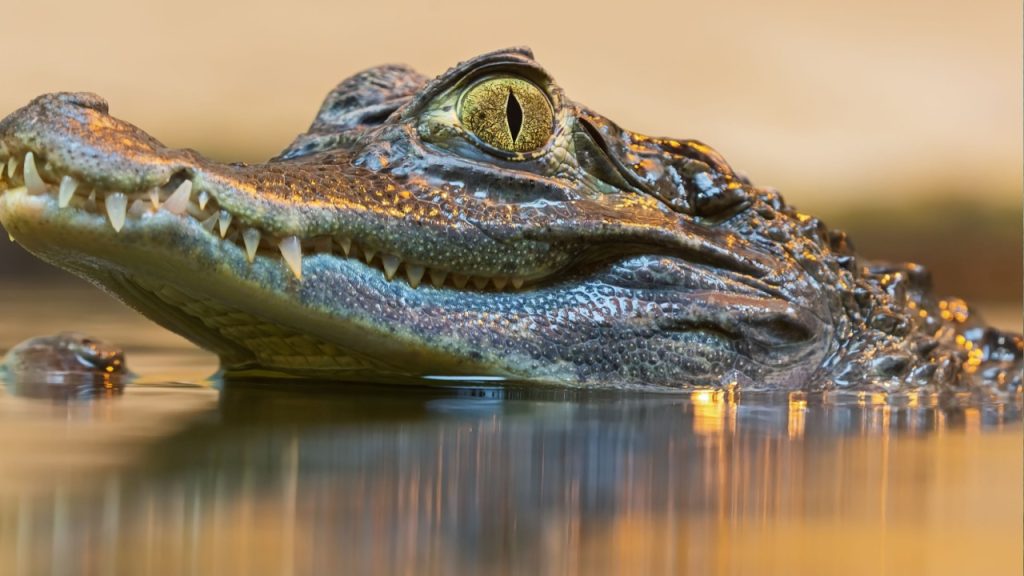
Smaller than their black caiman cousins, spectacled caimans are still formidable predators. These adaptable reptiles can be found throughout the Amazon basin, hunting fish, birds, and small mammals. Spectacled caimans are known for their resilience and ability to thrive in various habitats. Their presence in large numbers makes them a significant predatory force in the Amazon ecosystem.
Giant Centipede

The Amazonian giant centipede is a fast-moving, venomous predator that can grow over a foot long. These arthropods are capable of taking down prey much larger than themselves, including lizards, frogs, and even small mammals. Their powerful venom and aggressive hunting behavior make them feared predators of the rainforest floor.
Margay
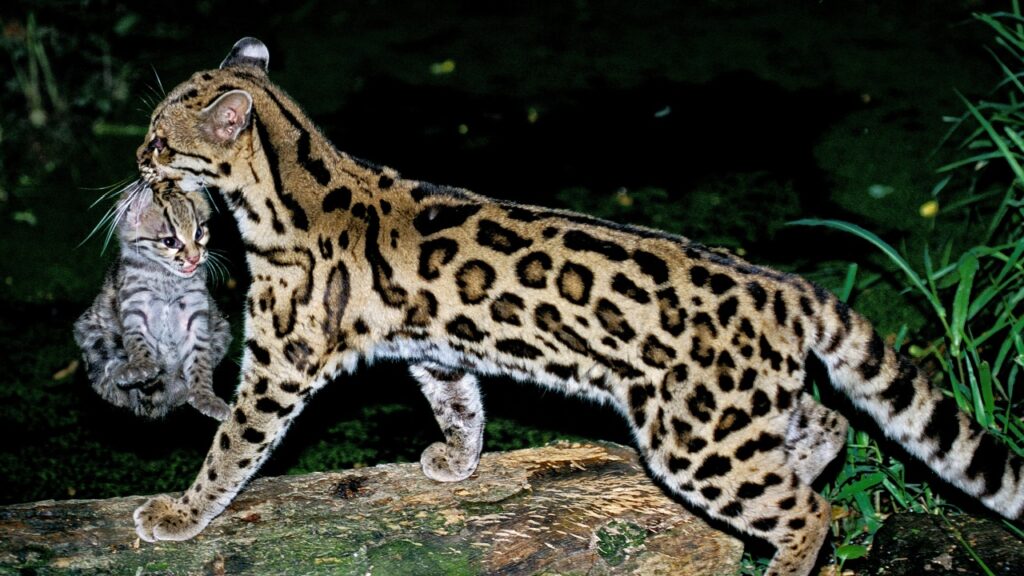
The margay is a small wild cat with incredible climbing abilities, able to descend trees headfirst like a squirrel. These agile hunters specialize in catching birds and arboreal mammals in the rainforest canopy. Margays are known for their large eyes, which give them excellent night vision for hunting in the dark. Their stealth and acrobatic skills make them efficient predators in the treetops.

